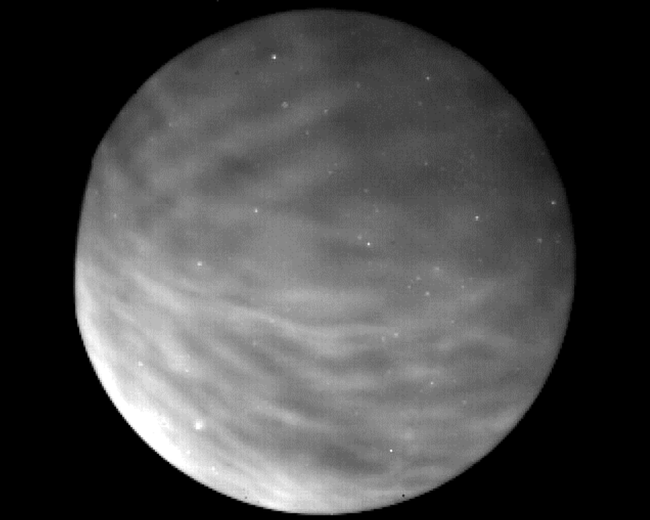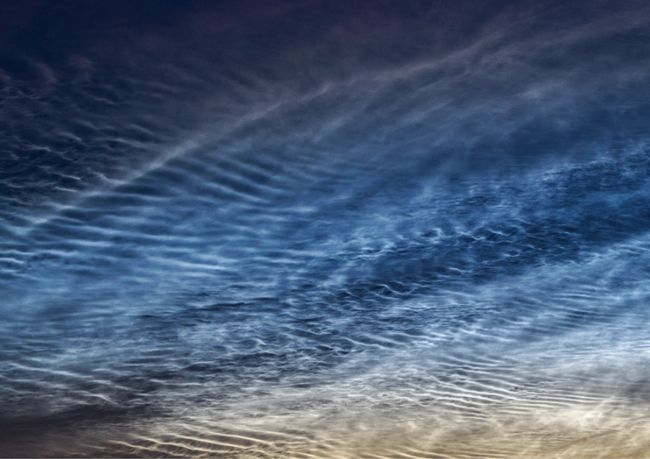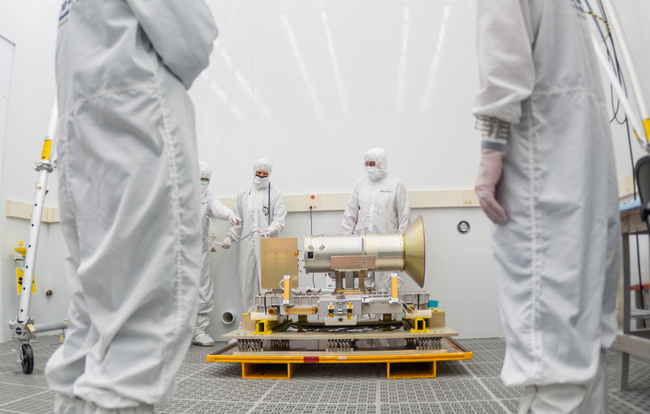AWE Mission Quick Facts
Launch: November 9, 2023 via NASA’s SpaceX CRS-29 (Commercial Resupply Service) mission to the International Space Station
Operations: Two-year observation from the International Space Station
NASA Science Mission Directorate: Heliophysics Division
PI Institution: Utah State University leads the mission, science investigation, science operations, and data analysis
Mission Operations: Space Dynamics Laboratory provides the flight instrument and mission operations center


AWE Science
- Understand how atmospheric gravity waves (AGWs) near the mesopause (~87 km altitude) vary by season and region
- Identify the dominant dynamical processes controlling AGWs
- Estimate how AGWs formed in the troposphere (surface to ~10–15 km) affect the ionosphere-thermosphere-mesosphere (ITM) (50–500 km)
- Focus on small-scale (horizontal wavelength, ~30–300 km) AGWs entering the ITM system from Earth

Atmospheric Gravity Waves
- Often form in the troposphere (surface to ~10–15 km)
- Are created during air displacement, such as severe weather or wind rushing over geographic features
- Carry energy and momentum into the upper atmosphere before breaking
- Affect upper-atmospheric space weather and GPS signals near the edge of space
- Can be detected in Earth’s airglow layer using infrared technology
- Are not the same as gravitational waves (ripples in space-time associated with supernovae and black holes)

AWE Payload
- Wide-field (90°) infrared imaging radiometer
- Four identical telescopes
- Measures the P1(2) and P1(4) emission lines of the hydroxyl (3,1) band, or Earth’s OH layer
- Measures the infrared background in the OH band
- Captures one nighttime image every second
- Weighs 58 kg